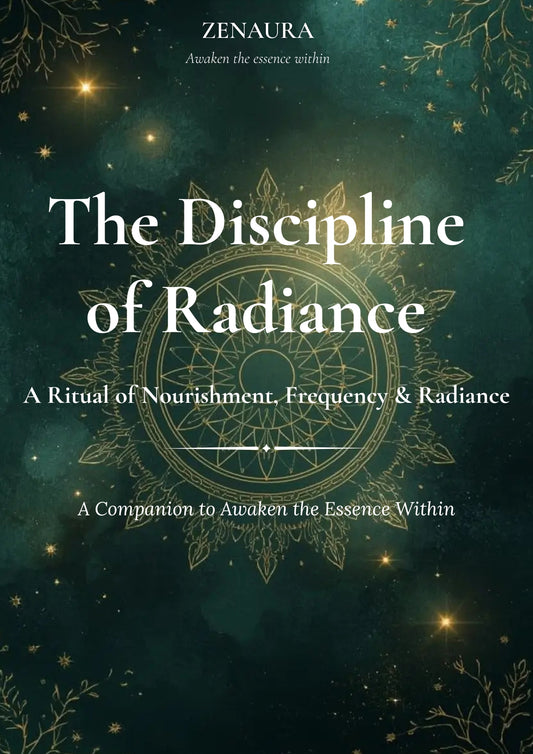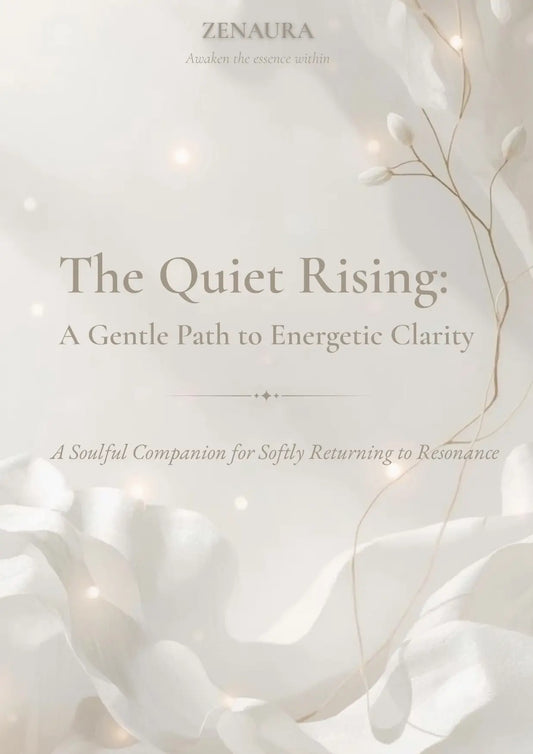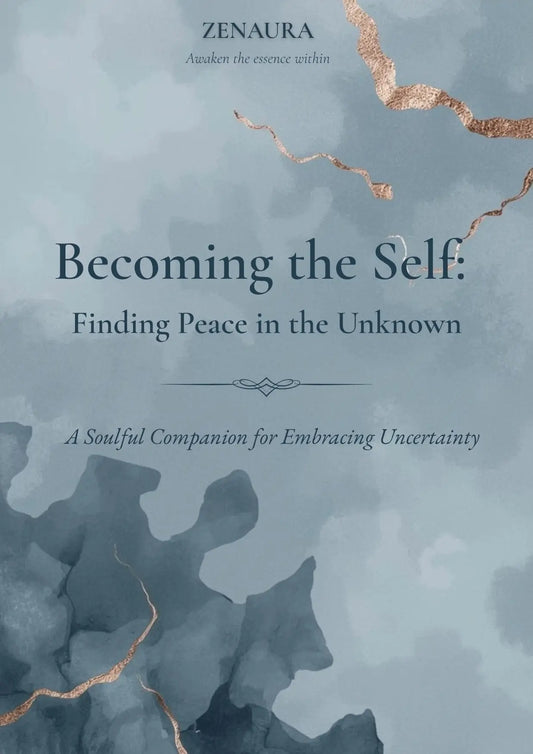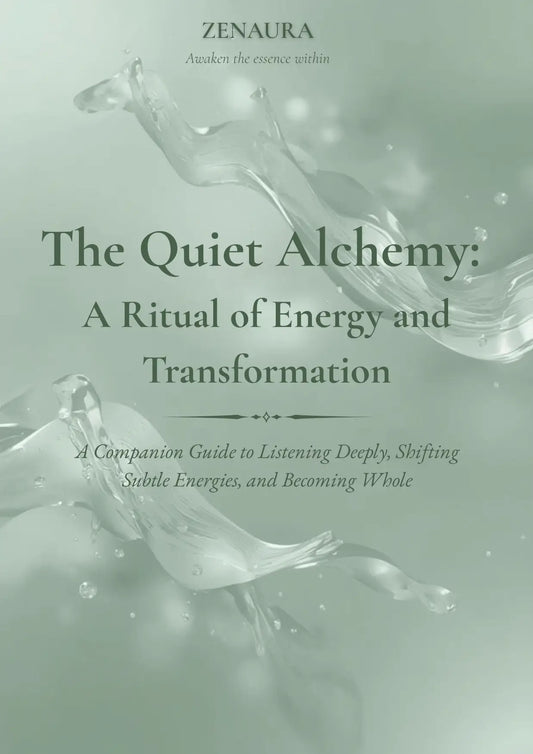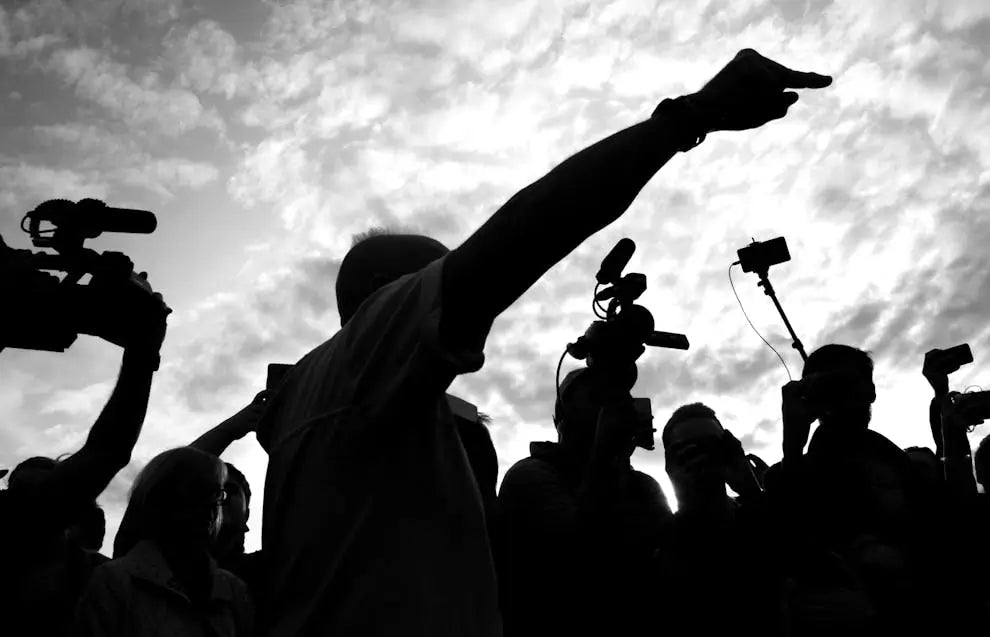
Unveiling the Invisible: The Mechanics of Mass Manipulation
Across centuries, unseen currents shape collective perception. Groups rarely respond purely to facts; attention drifts where it is guided, emotion swells, and understanding bends to narratives circulating quietly through the crowd. Patterns emerge in movements, the spread of ideas, and surges of collective sentiment, repeating with remarkable consistency. Beneath the surface of collective behaviour, an architecture of manipulation directs perception, thought, and action—mostly unnoticed, yet profoundly influential.
From small communities to global societies, the same mechanisms operate. Rumours flare like sparks, collective anxieties grow from perceived scarcity or minor injustice, and symbols—a phrase, gesture, or emblem—gather meaning far beyond their immediate form. These microcosms mirror larger societal forces, showing that mass manipulation is universal. The same currents that shaped societies long ago move today through social media, news cycles, markets, and cultural trends, quietly steering attention and shaping understanding.
The Problem: Constructing Tension
Tension is the first spark. Problems, whether real, amplified, or carefully framed, capture attention and awaken emotional sensitivity. Fear, uncertainty, scarcity, or perceived injustice primes the collective mind to respond instinctively. These problems rarely remain neutral—they are highlighted, repeated, and framed, bending perception before reason has a chance to weigh in.
Even small incidents can ripple outward. A misleading headline, a viral post, or sudden shortage can generate worry, anger, or hope. History offers many examples: political crises emphasised to shift attention, economic rumours amplifying uncertainty, cultural symbols provoking collective concern. Today, a trending topic can ignite worldwide discussion within hours. Tension gathers, emotion rises, and the collective is ready to respond long before conscious thought begins.
Perception narrows under stress. Complexity dissolves into slogans, narratives, and symbols. Attention focuses, emotion intensifies, and the mind interprets events according to shared cues. Once tension is established, reactions and eventual resolutions follow along shaped channels, almost as if drawn by unseen currents.
Reactions: Emotional Currents in Motion
Once tension spreads, collective responses follow patterns that feel instinctive yet are highly predictable. Reason yields to instinct; emotion travels faster than thought. Fear, anger, hope, and excitement ripple across communities, shaping perception, decision-making, and behaviour. These responses reveal the hidden architecture of mass manipulation, showing how large groups act in ways that appear spontaneous but are carefully guided.
Emotional Contagion
Emotion spreads quickly, like invisible waves. A dramatic story, a visible reaction, or a compelling image can ignite resonance across countless individuals. Fear moves as swiftly as hope; outrage cascades almost instantly. Emotional contagion links minds, creating a shared rhythm, aligning attention, and amplifying energy.
Consider a viral video that sparks global debate or outrage. Individuals absorb the emotional tone around them without conscious awareness, their behaviour subtly shaped by currents they cannot see.
Simplification and Symbolism
Complex issues are distilled into symbols, slogans, and concise narratives. A single phrase, image, or gesture can carry entire networks of belief, fear, or hope. Symbols simplify perception, evoke shared emotion, and provide clarity amidst uncertainty.
Political slogans, cultural icons, or corporate logos condense complex realities into instantly recognisable forms, guiding collective understanding and emotion. Repetition strengthens their hold, embedding them deeply in collective consciousness.
Herd Behaviour and Imitation
Humans instinctively mirror one another. Observed actions trigger replication, creating chain reactions that magnify collective emotion. A protest, trending post, or market movement can prompt countless others to act similarly.
Momentum builds swiftly. Hesitation fades as social proof accumulates. Waves of imitation reinforce emotional resonance and align behaviour along predictable currents. Herd behaviour magnifies both the reach and intensity of collective response, turning small sparks into large-scale action.
Polarisation
Groups tend toward extremes under pressure. Moderate voices often fade, while polarisation intensifies as attention narrows on charged symbols or narratives. Energy concentrates, and the collective becomes more responsive and more susceptible to guidance.
This is visible in online debates, political discourse, and cultural conflicts, where communities polarise and emotional intensity escalates. Extremes provide cohesion, direction, and momentum, making influence both potent and predictable.
The “Solution”: Guiding Responses
After reactions peak, resolution is framed. Solutions align with the currents of collective emotion, offering reassurance, direction, or action. What appears spontaneous is often carefully synchronised with prior tension and amplified feelings.
Resolution resonates because it follows the emotional path already established. Fear seeks reassurance, anger seeks action, uncertainty seeks clarity. Policies, media narratives, or cultural responses complete the cycle—appearing natural while subtly guiding perception.
The cycle of problem, reaction, and solution creates coherence in collective understanding, while emotion remains the driving force. What feels organic is often highly orchestrated, yet largely invisible.
| As you observe the unseen currents shaping thought and behaviour, consider turning inward. Explore your Sacred Soul Map — a quiet guide to understanding the patterns within yourself and how awareness can illuminate the forces that influence your mind. |
Mass Manipulation in the Modern Era
These patterns endure today, intensified by technology. Social media accelerates attention, emotion, and response. Emotional contagion spreads globally in minutes. Herd behaviour magnifies responses, and polarisation sharpens focus on extremes. Symbols, slogans, and recurring narratives condense complexity, allowing collective understanding to crystallise almost instantly.
A viral campaign can create widespread fear or hope. Trending hashtags can ignite protests or mass discussion. Rumours can shift markets overnight. The mechanisms remain unchanged: problems capture attention, reactions flow through emotion and imitation, and resolutions align with sentiment.
Awareness of these cycles brings clarity. It reveals how mass manipulation, influence, and control operate across time and scale—from small communities to global audiences. Even today, these currents flow quietly yet persistently, shaping perception and behaviour in ways often unnoticed but profoundly impactful.
The cycles of problem, reaction, and solution, the ripple of emotion through contagion, the momentum of imitation, and the narrowing of attention through polarisation—all endure. Their influence moves silently, guiding thought and action, yet becomes clear to those who watch closely. These are the timeless currents of mass manipulation, ever-present and unfolding subtly, their patterns visible to careful observation.
Attention drifts. Emotion swells. Perception bends. The currents are invisible, yet their pull is constant.



